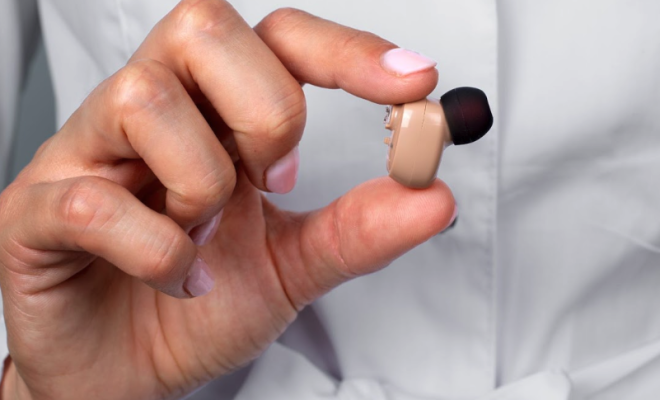Comfort forward earplugs for long flights and demanding shifts

Introduction
Let’s break it down. When duty days stretch long and flights pile up, comfort becomes the deciding factor for whether you will use hearing protection properly. If plugs are uncomfortable, you take them out, you adjust them, and you introduce risk. Comfort forward earplugs change that equation by giving you protection that can be worn for the whole shift without thought. Pilots who fly regularly look for features that make comfort the baseline.
Why comfort matters more than a spec sheet
Noise reduction numbers are useful, but they do not capture how a product feels after five or six hours. Real comfort comes from materials, pressure distribution, and a stable fit. The best earplugs for aircraft noise combine those elements so the plug becomes effectively invisible during the flight. That sustained comfort preserves concentration and reduces cumulative fatigue.
Materials that keep you comfortable
Soft but resilient materials make a difference. Silicone blends and medical-grade polymers are common in higher-end plugs because they resist compression yet yield to the ear’s shape. That balance keeps contact pressure low while preserving a seal. Look for products tested under real-world conditions rather than just lab numbers. The best airplane earplugs for long shifts use materials chosen for durability and skin comfort to avoid irritation over repeated use.
Designs that work with headsets
Comfort is also about how protection integrates with the rest of your gear. A plug that pushes awkwardly against headset cushions creates pressure points that ruin an otherwise good design. Comfortable earplugs are shaped to work with standard aviation headsets so you keep a clean seal and a relaxed fit. If you want long-term comfort, prioritize options that pair well with the headset you use every day.
How comfort protects performance
Wearing comfortable earplugs reduces the urge to adjust, which keeps attention on flying. That translates to clearer decision-making and fewer micro-disruptions. When you stop fighting your gear, mental energy goes back to monitoring systems, communicating, and keeping situational awareness high. The best earplugs for aircraft noise help you conserve that energy rather than siphon it off.
Hygiene and maintenance that support comfort
Comfort declines if products become degraded or dirty. Reusable plugs that are easy to clean and that maintain shape after sanitation preserve the original fit and feel. Follow manufacturer cleaning guidance and replace tips when they show wear. That routine keeps the plugs comfortable for long stretches and keeps your ears healthy. Good maintenance is part of getting the most from the best airplane earplugs.
Choosing for multi-role crews
If you share gear with cabin staff, ground crew, or multiple pilots, pick solutions that accommodate different ear shapes and schedules. Swappable tip sizes and modular adapters let several people use the same system while keeping comfort high. That flexibility matters in operations where different crew members use the same kit across shifts.
Practical buying tips
Test products on longer shifts if you can. Don’t be shy about swapping tips or trying custom molds if you find standard options uncomfortable. Check return policies and warranty coverage. Many suppliers offer trial programs for teams, and those trials reveal how a product performs across repeated use. Small upfront effort saves lots of discomfort later.
Conclusion
Comfort-forward earplugs are not a luxury. They are the practical choice for pilots and crew who need to wear protection all day. The result is less fiddling, preserved concentration, and reduced fatigue. Pick materials and designs that work with your headset, maintain them, and test them in real operations. When comfort is built into the design, protection becomes effortless and the benefits show in safer, clearer flights.
Leave a reply
You must be logged in to post a comment.















